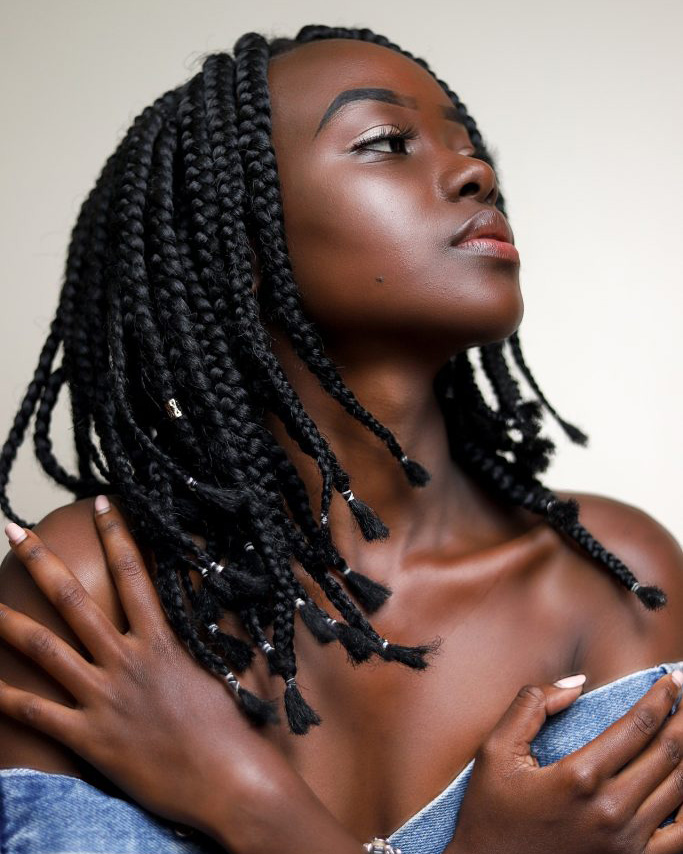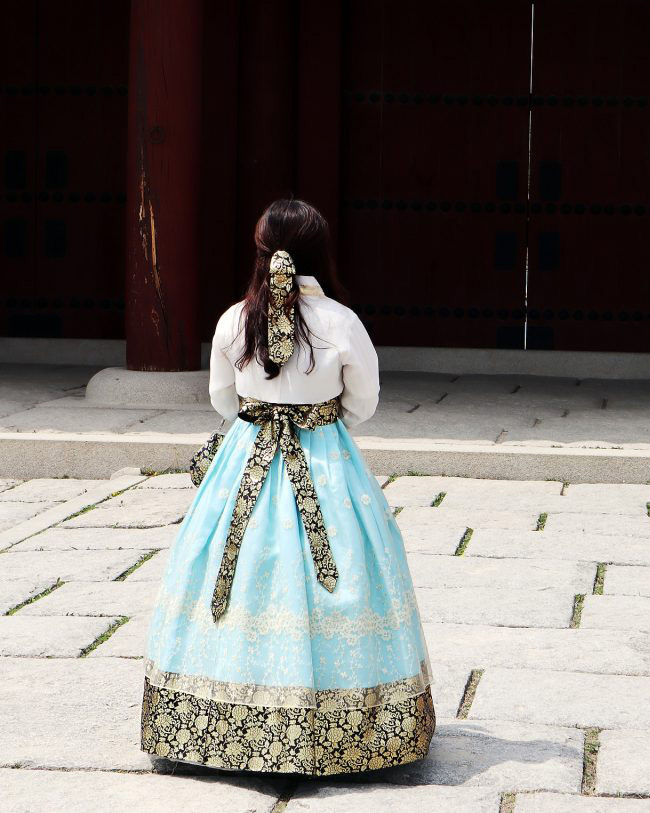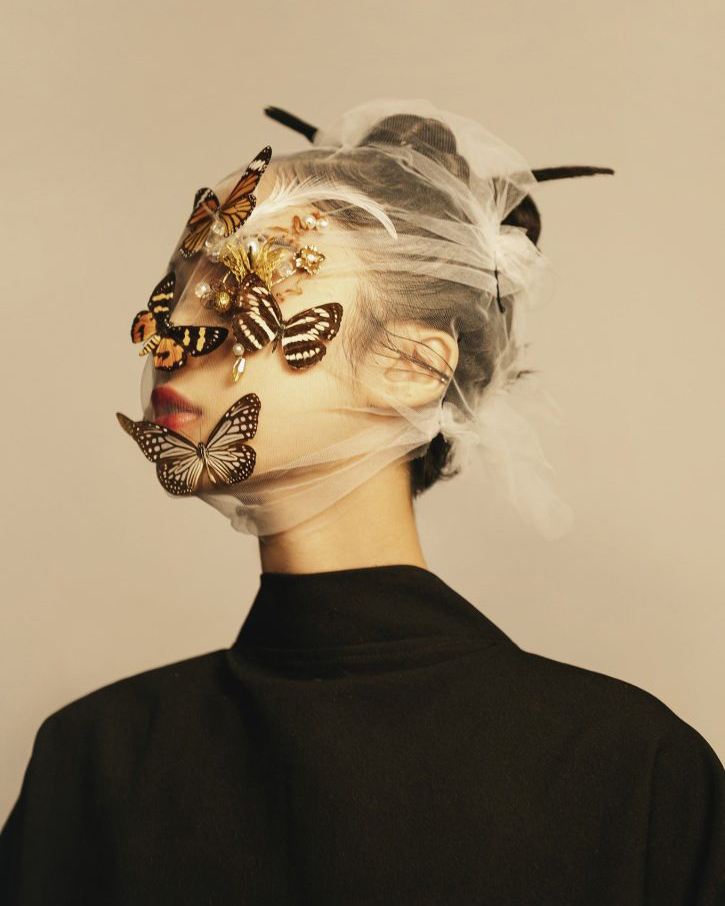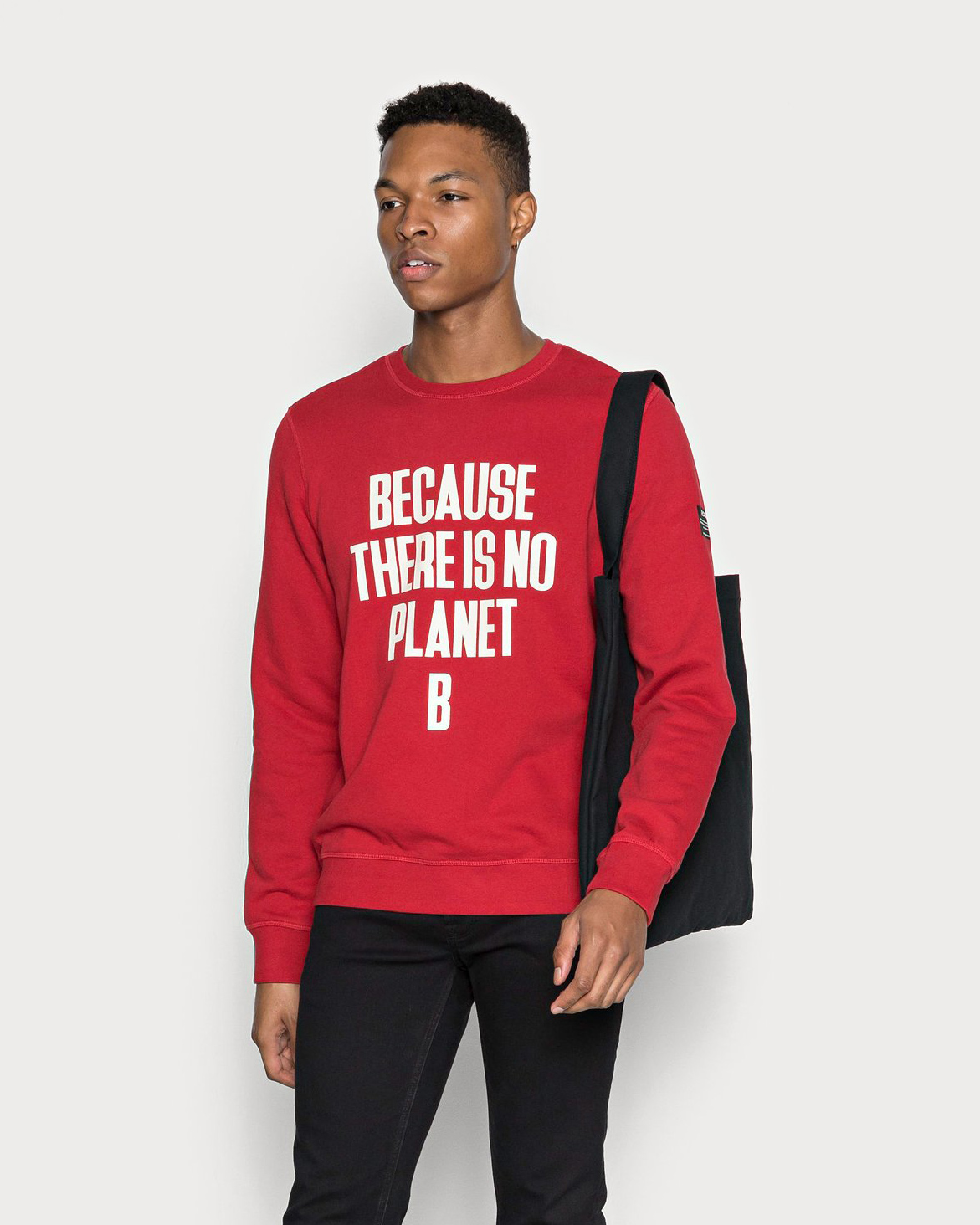A new wave of content creators has made it clear that fashion is more political than ever. The messages in fashion that each person sends through his or her way of dressing are more customizable every day; and social networks have helped millions of people to use fashion as a form of expression, beyond its practical function. We analyze the different streams of expression that fashion has used in recent years to make its claims.
Belonging to groups
The way people dress has always been a reflection of class differences in the economy, but we are probably at a time when these differences are less evident. The more fashion advances and resources become more democratized, the more difficult it becomes to discern whether a person belongs to a certain economic class by the way he or she dresses alone.
Over the last few years, influencer culture has empowered through fashion some groups that are typically targeted for discrimination. Fashion trends have helped to generate virtual umbrellas; under these, many people who have suffered discrimination based on ethnicity, gender, sexuality, or religion have been able to find refuge.

One of the best examples is the ‘Art Hoe’ aesthetic, which was born among the younger generation of African-American women. Through color, creativity, and a great love for art, countless black women managed to find a community on the Internet where they could feel comfortable and express their opinions, desires, and aspirations, outside of a system that has been silencing the voice of women for centuries, particularly women who were not white and wealthy.
The last few years have also seen a huge growth in the number of female influencers trying to show how to combine fashion and trends with the ‘modest dressing’ that goes along with Muslim beliefs. Millions of women around the world have finally found a niche of aesthetic references and a community that does not question their decision to practice a particular religion.

Elements of one’s own culture
As the cultural appropriation talk is more in vogue than ever, younger members of different communities have developed a stronger desire to defend the elements of their culture’s dress. In recent years we have seen more and more influencers finding ways to incorporate traditional elements of dress into current looks. In this way, culture survives without the need to look outdated.
This union between past and present can be seen especially in the outfits created for special occasions; these are the perfect opportunity to show off those components characteristic of traditional clothing that would be too flashy for everyday wear.
International celebrities have also been using their traditional outfits to show their culture to millions of people; this is what has happened with Korean hanbok and Kpop music stars. Video clips and stages have become a massive showcase to appreciate the culture of different parts of the world and to understand the messages displayed in their fashions.

Claim phrases: clear messages in fashion
It is the most literal form of expression through fashion, but not the least effective. Inspirational phrases have been recurrent for years, especially on garments such as T-shirts and sweatshirts. The ‘fast fashion’ industry has appropriated this type of vindictive messaging, in an effort to join a trend with which it is not compatible. Several scandals have surrounded different fashion companies after they decided to print feminist phrases on their T-shirts; they did so on the same T-shirts that have been produced in conditions of exploitation of women, and which perpetuate their inequality in relation to other groups in society.
It is important not to get carried away by an inspirational phrase and check that the brand that is producing it has in its productive ideology a significant effort to move towards sustainability in fashion. Fashion Revolution’s Fashion Transparency Index can be a very useful tool for those who want to check the work that a brand is doing regarding its sustainability.
Works of art
A large number of designers have found in social networks the perfect excuse to apply all their artistic skills in the creation or customization of garments and accessories. In that sense, both YouTube and, more recently, TikTok, have offered the ideal format for thousands of people to share their ideas and projects. From simple DIYs to creations from scratch, more and more content creators are turning their fashion items into true works of art.

This form of expression through fashion is also very compatible with the upcycling of garments, one of the trends of sustainability in fashion that has gained more importance in social networks. YouTubers, Instagrammers, and Tiktokers serve as inspiration to give a new life to clothes that have fallen into disuse or have worn out too much; in doing so, they have helped to make a more sustainable closet much more accessible to everyone. It’s also a great way to express and send messages through fashion.
Messages in fashion, a gateway to circular fashion
Finding meaning in garments makes them much more valuable to the wearer, who is, therefore, more reluctant to get rid of them. Giving fashion a message is the perfect way to enjoy and express yourself through clothing; and at the same time, it contributes to a more sustainable closet. Garments that were intended to be discarded can enter the circular fashion cycle thanks to this process of signification. Thus, a new value is given to those garments that had lost their usefulness.





